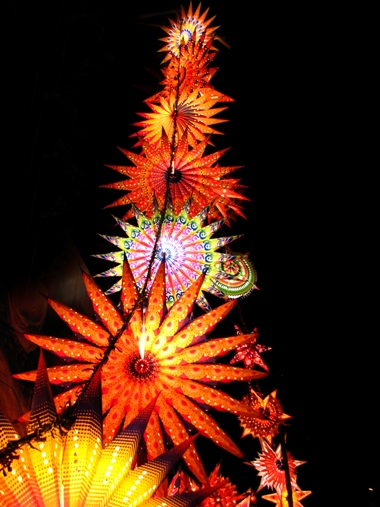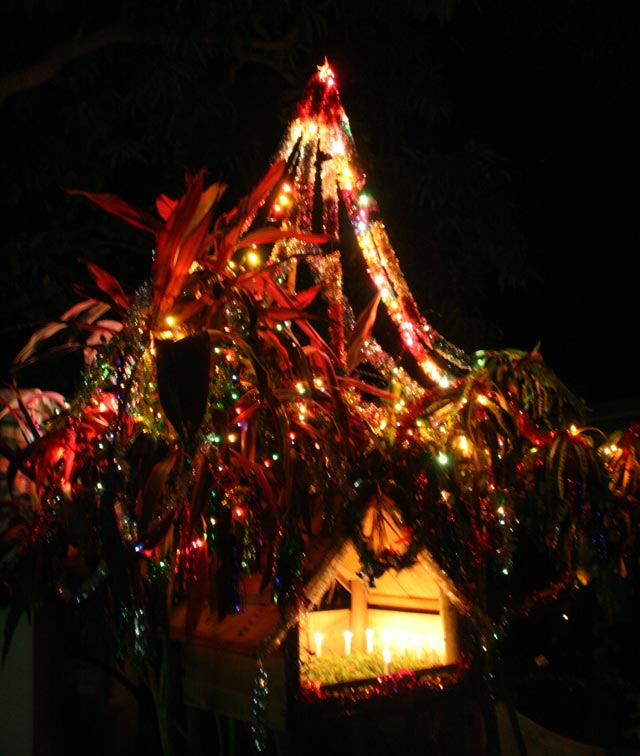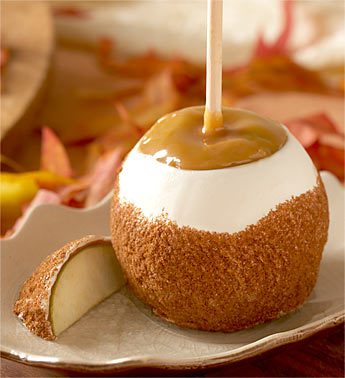Jejak PandaHai.. Bertemu Lagi Di Website Kesayangan Andasitus bandarq India is a secular nation and houses every community. Christians are a minority here and form nearly 2.3% of the population. But the fact that there are only about 25 million Christians in India, in no way lessens the observance of the festival. Moreover, the occassion is celebrated not only by Christians but by people of other religions as well.
The tradition of
Christmas observance was introduced here with the colonisation of Europeans. Though the country gained its independence in 1947, many European
customs and festivals stayed on. The fact that there is the presence of a Christian community in India, helped the maintaining of these traditions in no less a way. Today, Christmas is the biggest and most-loved ekspo of Indian Christians. The ekspo is also enthusiastically celebrated by people of other religions residing here.
Like in many other countries, Christmas is observed in India on 25th December. Everyone gears up for the ekspo from nearly a week before. Business stores are decked up for the occassion with every gift shop packed with Christmas
trees,
presents,
ornaments and other items of
decoration that are bought by millions of enthusiastic celebrants of the festival.
For Indian Christians, especially the Catholics, the Midnight mass on Christmas Eve is a very important service and holds great religious significance. Every year, on the night of 24th December, all members in Christian families visit their local churches to attend the Midnight mass. On this night, churches in India are decorated with Poinsettia flowers and candles. The mass over, everyone relishes a mouthwatering feast of various delicacies, mostly consisting of curries. Thereupon, presents are given to one another and "Merry Christmas" is wished. India being a multicultural nation, many different
languages are spoken here. In Hindi and Urdu, Happy/Merry Christmas is 'Bade Din ki Mubarak'; in Sanskrit it is 'Krismasasya shubhkaamnaa'; in Bengali 'Barodiner shubhechha janai'; and in Tamil it's 'Christhu Jayanthi Nalvaalthukal'.
Nativity plays are staged in many
schools(mainly the Christian ones) and churches on Christmas morning. The perfomances by young children depict the birth, life and actions of Jesus Christ and usually end with the singing of hymns and carols and the visit of a person dressed as Santa to distribute candies/toffees to kids. In the metros a smiling Santa Claus, entertaining children at departmental stores with toys and gifts, is not an uncommon sight. Caroling processions on streets and thoroughfares can also be seen on 24th night.
A sizeable population of the Christian Community reside in Mumbai of the Indian state of Maharashtra and are mainly Roman Catholics. It is a delight to watch their homes during Christmas. Every Christian home creates a nativity scene, often display a manger in the front
window. Giant star-shaped paper
lanterns are hung between the houses so that the stars float above you as you walk down the road. There is a provision of sweets, mainly home-made, in every household to welcome visitors during the occassion. In Southern states, Christians often light small clay
oil lamps and place these on the flat
roofs of their homes to show that Jesus is the light of the world. In the North-western states of India, the tribal Christians of the Bhil folk take out caroling processions during the whole Christmas week and often visit neighbouring villages to tell the Christmas story to people through songs.
In India, Father Christmas or Santa Claus is held to be the giver of presents to children from a horse and cart. As in the U.S., he is believed to deliver presents at the house of every kid who behaves well during the whole year. Santa Claus is known as 'Christmas Baba' in Hindi and 'Christmas Thaathaa' in Tamil.





















